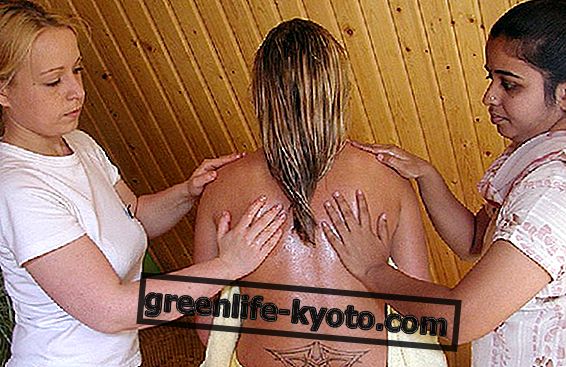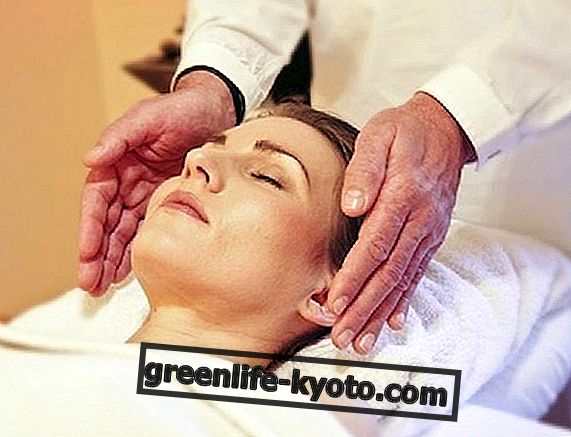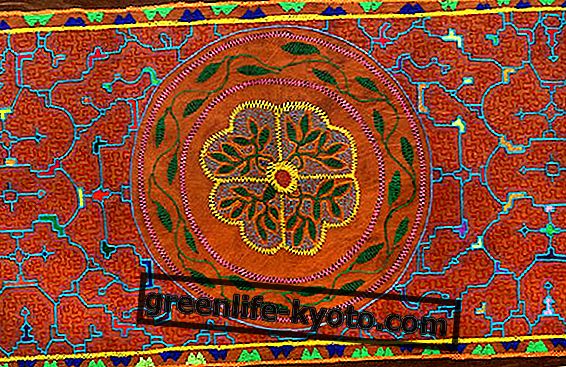
The use of algae to combat cellulite helps to stimulate the metabolism, reduce lymphatic stagnation, reactivate blood microcirculation and drain . These unicellular and multicellular marine organisms have remineralizing and dermoprotective properties that act effectively on the reduction of the so-called " orange peel skin " and on localized adiposity . Marine algae used in mud and baths, if they preserve the original properties of the plant, help to counteract free radicals and skin aging .
The therapeutic virtues of sea water were already known in antiquity, among the Egyptians, Greeks and Romans. More recently, starting from the eighteenth century, thanks to the studies of Richard Russel (1687-1759), what has been defined as modern thalassotherapy as a natural method of prevention and treatment using the single or combined action has started. of resources derived from the marine environment : climate, sand, algae, mud and especially sea water.
The use of algae against cellulite
" We need to drink sea water, bathe in it, eat all the marine things in which the virtue of the sea is concentrated ". (Richard Russel)
Feeding on the riches of the sea, algae concentrate up to 50, 000 times the properties of the marine environment . Hence the origin and the extraordinary note of their benefits when they become the main ingredient of cosmetic products for the care, beauty and well-being of the person. Algae, in fact, if selected, harvested, dried and treated in the right way, maintain their properties intact and are able to tone, smooth, hydrate the tissues, favoring drainage, regulating the hydrolipid balance and delaying aging .
Marine algae, successfully used also in cooking and herbal medicine as food supplements, contain minerals and trace elements in abundance: iodine, up to 1% of their dry weight, magnesium, potassium, calcium, iron, aluminum, manganese, phosphorus, copper, nickel, gold, zinc, sulfur, cobalt, strontium, titanium, vanadium, tin, rubidium, silicon. These marine plants have rightly been called "sea water concentrates". The algae also contain vitamins (A, B, C, D1, D2, E, F, K, PP), amino acids (glutamino acid, cystine, methionine, leucine, valine, tyrosine, lysine, aspartic acid), carbohydrates, fats, much chlorophyll, mucilage, antibiotic substances, etc.
Enemy algae of cellulite
Algae are simple plant organisms of ancient origin (2.7 billion years): there are thousands of species that can be classified according to their predominant color (blue, yellow, green, brown and red). Their habitat is made up of the waters of seas, rivers and lakes, provided that they are sufficiently exposed to sunlight : photosynthesis takes place in the algae cells which, using chlorophyll, allows the production of organic molecules starting from carbon dioxide ( CO2) with release of oxygen. In reality, as a whole, algae are the planet's largest oxygen producers!
The algae are divided Chlorophycophyta, or green algae, the Phaeophycophyta, or brown algae, the Rhodophycophyta, or red algae and the Cyanophycophyta, or blue algae. The separation of the groups of algae based on the characteristics of their color may seem superficial, but with some exceptions, this subdivision is supported by fundamental biochemical differences . Algae are also found in many skin care products.
In the market there are different brands of sludge that contain algae and which fully exploit all their properties to counter the number one female enemy on an aesthetic level: cellulite.
- Red algae : they are widely used as adjuvants in the treatment of cellulite and overweight. Known in botany as Rhodophyta, as the name derives from the Greek phytón which means " plant ", "and pink rhódon ". Most of the red algae has a marine origin and prefers warm seas, although some freshwater species have been identified. A peculiarity of these algae is that they are able to build real carbonate platforms, and to contribute to the formation of sedimentary rocks thanks to the very particular composition of calcium carbonate of the cell wall: in this regard, many authors speak of red algae as organisms bio-builders . In cosmetics, algae are used to counteract the formation of free radicals, the main causes of skin aging. Furthermore, the preciousness in minerals (magnesium, potassium, calcium) is used in cosmetics to revitalize tissue cells .
- Green algae : have the ability to increase the production of collagen which improves elasticity and skin structure making it stronger to the attacks of toxins that originate cellulite. Green algae spread in areas with a very high level of humidity, and near other plants, they live mainly in fresh water (90%), but some species proliferate in marine environments. The green alga by definition is certainly the so-called sea lettuce, scientifically known as Ulva lactuca which belongs to the Ulvaceae family and is a typical alga of the Mediterranean waters and cold temperate seas. Similar to natural elastin, this alga counteracts the loss of elasticity of the skin and stimulates collagen synthesis . In the eastern regions, sea lettuce is consumed as a food, in the form of soups and salads : with a fair amount of Omega-3, group B vitamins, pro-vitamin A and vitamin C, these green algae are particularly rich in mineral salts ( especially calcium and magnesium) and contain all the 8 essential amino acids .
- Brown algae : unlike green algae, brown algae are all multicellular and have different shapes (usually filiform, discoidal or branched). They are rather complex organisms, when compared to other types of algae; they live in marine environments, particularly in cold and oxygenated waters. Some brown algae live near the surface areas, others, instead, in the ocean depths. They are used in the treatment of cellulite for their ability to reconstruct and compact the connective tissue, stimulating the production of elastin and collagen; promote the natural process of eliminating fat overload and water retention . The reducing action on cellulite and localized fat is obtained thanks to the impact action of the active ingredients contained in the laminaria and fucus algae, sources of minerals, activate the metabolism of fat cells and drain excess fluids and improve microcirculation and skin elasticity.
You can learn more about the properties, use and contraindications of fucus algae
- The blue (or green-blue) algae are commonly called such to recall their color, made from phycocyanin, a greenish or bluish pigment that perfectly camouflages the bright green color of chlorophyll. Among the other pigments found, we mention: zeaxanthin, β-carotene, mixoxanthophyll and echinone. They represent the oldest terrestrial life forms ever, dating back to the Precambrian period (about 3 billion years ago): it is considered probable that the blue algae have conquered the primacy of being the very first colonizers of the Earth, capable of producing the own nourishment thanks to photosynthesis . In cosmetics they are known for their draining, lipolytic and reducing properties .











